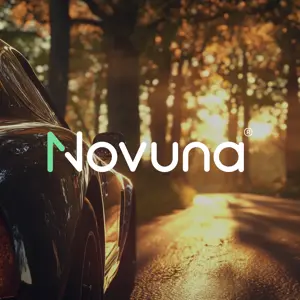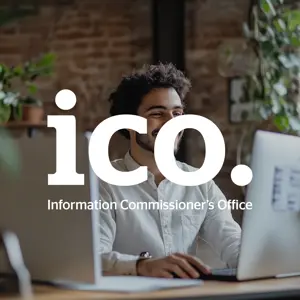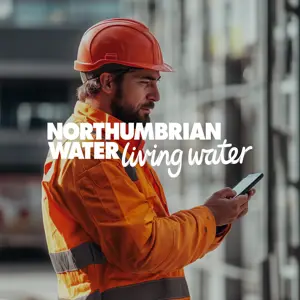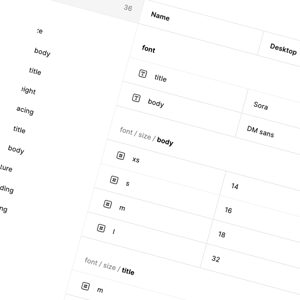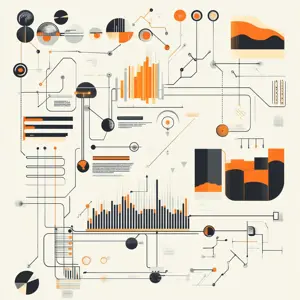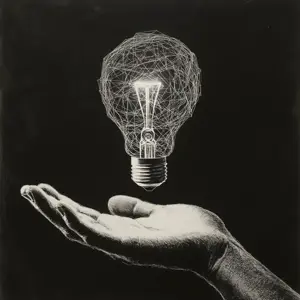However, given that we are only human, and ‘to err is to be human’, our in-built and learned preconceptions and biases will inevitably get in the way. Never has the concept of what is true been so widely contested, so when we can, we should use every tool at our disposal to remove subjectivity, prejudice and predisposition from our worldview. What remains should be as close to the truth as possible.

However, when it comes to designing user-focused products, the ‘truth’ can be a little bit of a red herring. When creating user experiences, there are usually a myriad of valid approaches that we can take to achieve our goals, all of which could deliver an enjoyable and useful outcome. Rarely, if ever, is there an obvious wrong or right way to do things, as success from the user's point of view in these matters tends to be mostly subjective.
So, where does the idea of ‘truth’ fit into the process?
In order to develop useful, usable and engaging experiences, we need to have a foundational understanding of two things: our partners and their customers. In terms of our partners, we need to develop an honest understanding of who they are and what their goals are, who their customers are and how they define success. For their customers, we need insight into their real-world experiences, what challenges they face and what motivates them, in order to create solutions that can meet and exceed their expectations. We need to uncover the truth of their experiences and use it as a foundation for all of the choices made throughout the lifecycle of the project.
How often have I said to you that when you have eliminated the impossible, whatever remains, however improbable, must be the truth?
Sherlock Holmes
How these ‘truths’ are collected depends on the project, but there are a few activities that forward thinking organisations can perform that will be of universal benefit to the overall outcome.
-
Interviews and workshops with staff at every level, from strategic oversight to customer relations teams, in order to create a high-to-low level understanding of the product, the organisation, their goals and who our partners think their customers are.
-
Competitor & market analysis.
-
Investigations using analytics to generate an understanding of your user demographics.
-
Engaging with comparative analytics to create an understanding of your users' behaviour
-
User interviews/surveys to get a holistic understanding of their perception of the brand and the product
-
User testing across a broad section of the user base to get an in-depth and personal view of the good and the bad, the pain points and the opportunities within the existing product or the proposed solution. Ideally, this should be undertaken twice. Once at scale and usually remotely, and secondly, in-person and with a far smaller group.
Depending on whether it’s changes to an existing product or something completely new, the types of activities and information we need to collect can vary greatly. The launch of a new product offers a great deal of scope for success but also the opportunity to misjudge the market and your potential customers. With an existing product, the task seems simpler, but organisations often find it difficult to engage in honest self-reflection without outside support. This can lead to fundamental misunderstandings regarding user behaviours and motivations.
However, engaging honestly and openly during the discovery phase is the best way to increase the likelihood of a successful project delivery. We will be able to collaborate on a shared vision of the project, using the data we have collected to deliver a product that is accessible, usable and beautiful. A product that has been created with the true needs of you and your customers in mind.
